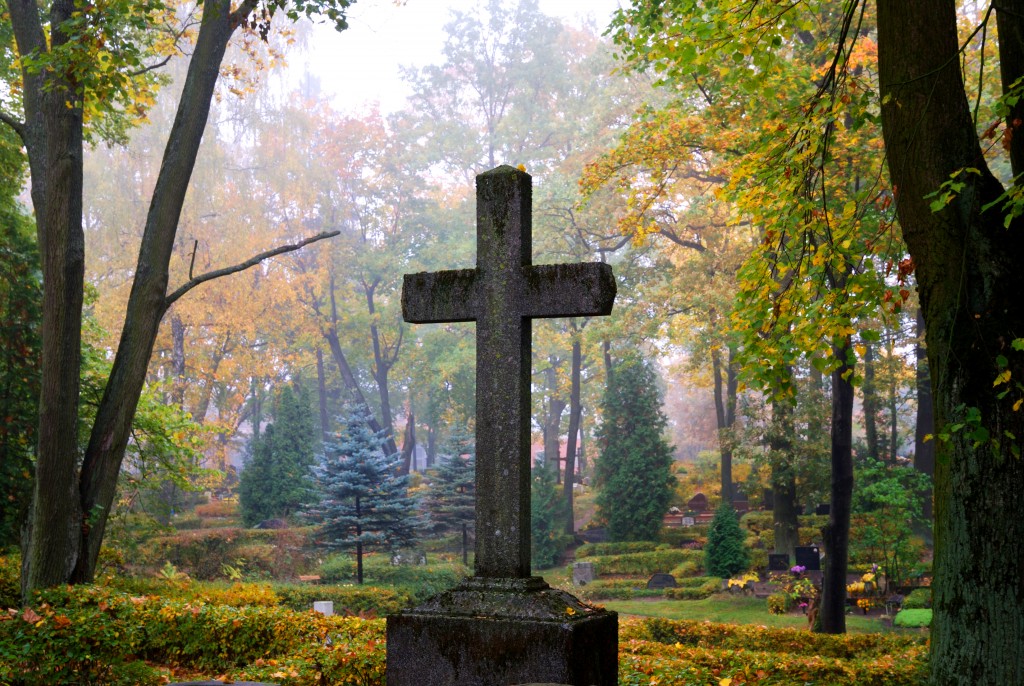The death of a loved one is never easy for the ones left behind, which is why we take the time to organize memorial services to commemorate the life of the deceased. It’s the last grand opportunity for friends and family to gather and share anecdotes and their feelings about the person. Goodbyes are always difficult, but our death customs and traditions allow us to close the chapter and move on.
Another challenging aspect of death is planning the funeral. History is filled with different burial customs, and today is no different. People today have more options than ever when it comes to burials, from cryonics to liquid cremations.
But even if the deceased has left final instructions to an estate planning attorney, the entire process is still filled with pain and difficulty. We hold our rites and customs dearly, and we expect nothing less than perfect for our loved ones.
The key to a respectful service is to consider the wishes of the deceased and the family. You don’t have to do things alone, and it helps to have someone to take on some of the tasks. Here are a few ways to make the planning as painless as possible:
1. Ask the family’s preferred method of burial
Before anything else, you need to decide the method of burial. As I’ve previously mentioned, there are many methods available today, each more different from the last. But unless the deceased left specific instructions for disposal, it’s best to stick to traditional methods, if only to ease the family’s pain.
The traditional and most popular option is the in-ground burial. The body is cleaned and preserved by an embalmer and placed in a coffin. Some families opt for interment in a tomb or columbarium, while others bury the coffin in a cemetery plot. Another option is natural burial. The body is placed in a simple biodegradable coffin immediately after death and buried without a concrete vault.
Another method of disposal is cremation. In some cultures, cremations are more common than burials. The body is burned, leaving behind ashes and bone fragments. The remains are then transferred to an urn and returned to the family. Cremated remains can be interred, but some prefer to store the ashes at home or scatter them in a spot chosen for importance.

2. Plan the service
The memorial service is your one opportunity to honor the life of the deceased. Many people would opt for a traditional church service, especially if faith played an important role in the deceased person’s life. But if the person led a different life or had different interests, feel free to customize the service as you see fit.
First, let’s talk about the basics. The goal of a service is to allow mourners to express their grief and honor the deceased’s life. You also have to consider the cultural practices and beliefs of the person. The body can be displayed during the service, but it’s not a hard and fast rule. The presence of the body is not a prerequisite for the service.
If you do decide to hold a traditional service, your best option is a place of worship such as a church or a synagogue. Secular services can also be organized in a funeral home. Since you’re planning an event, don’t forget to arrange readings, music, and food for the mourners.
3. Confirm arrangements
Once you’ve finalized the funeral and the memorial service details, all you have to do is set things in motion. The funeral director typically handles the funeral service, but you can organize a memorial independent of them. Explain what you want, and they will do the rest. You also need to talk to the cemetery director about the details of the burial. Everyone needs to be on the same page.
You also have to put the affairs of the deceased in order. The lawyer should handle the death notices, claims, and any other arrangements that have to be made.
The bottom line
These tips will help you better honor the memory of the deceased. Even if you benefit from working with detailed instructions, planning a funeral and memorial service can be a chaotic time for everyone involved. Take the time to tie up loose ends so that you don’t forget anything.

